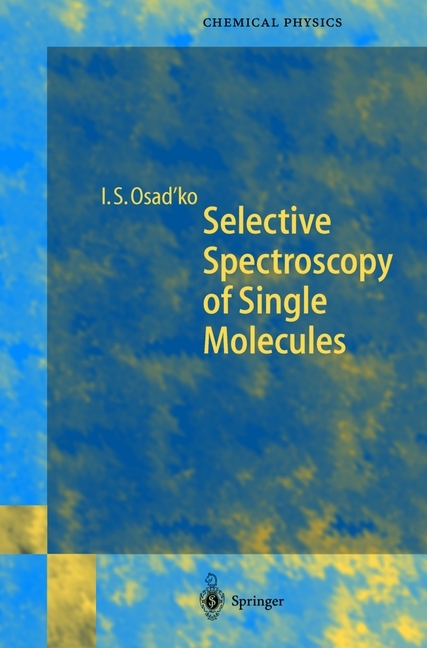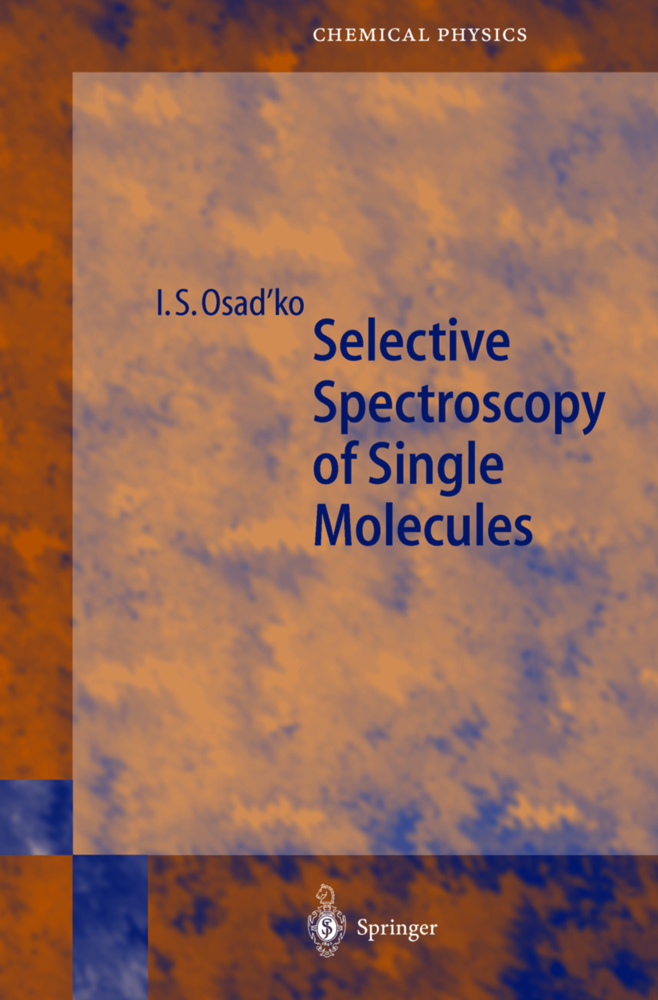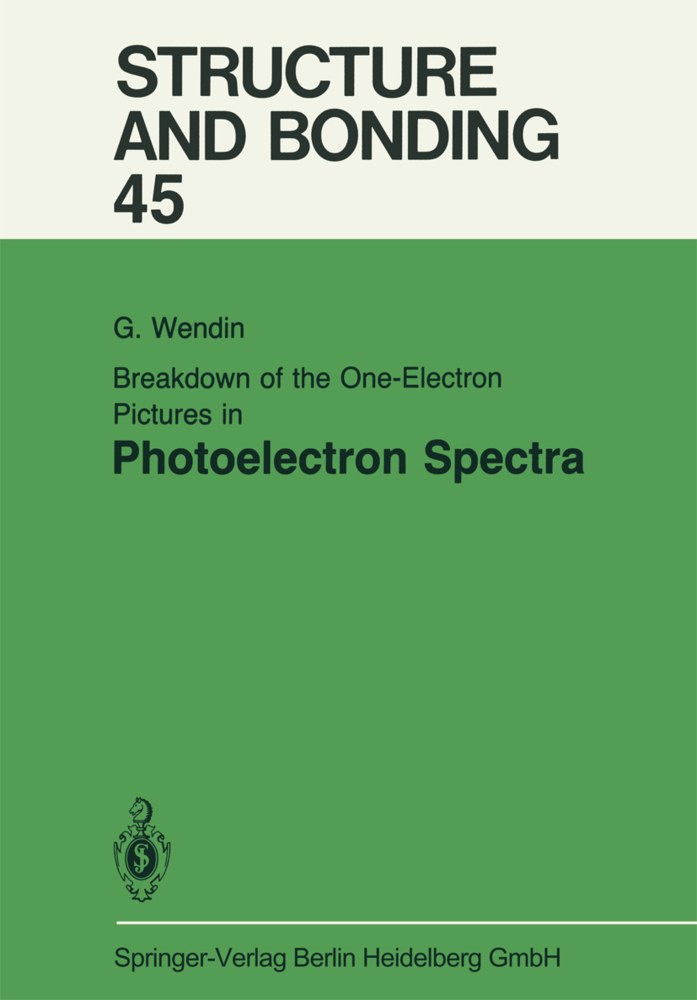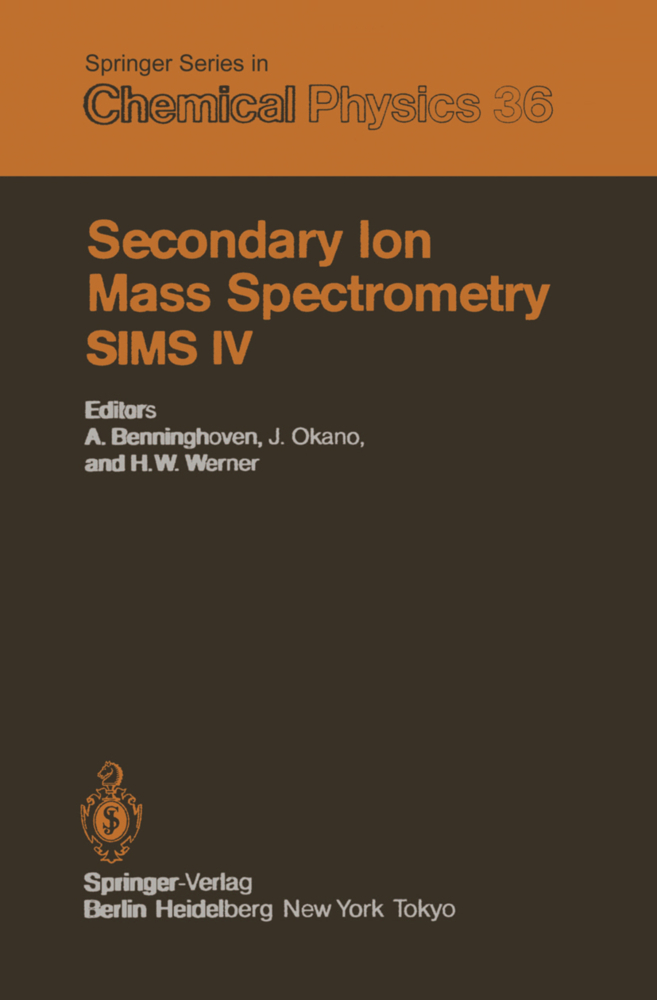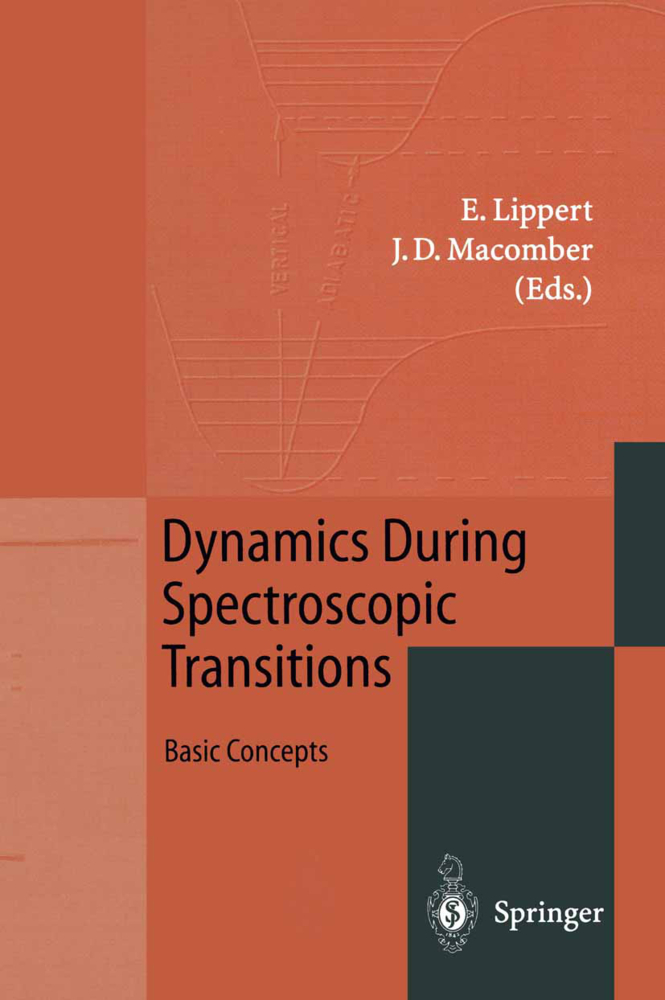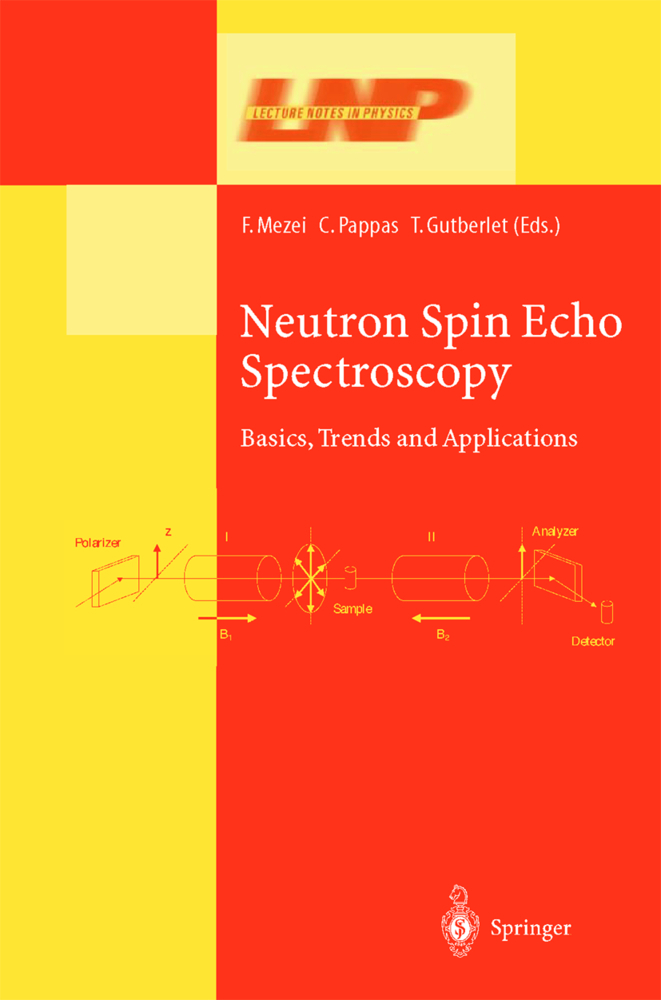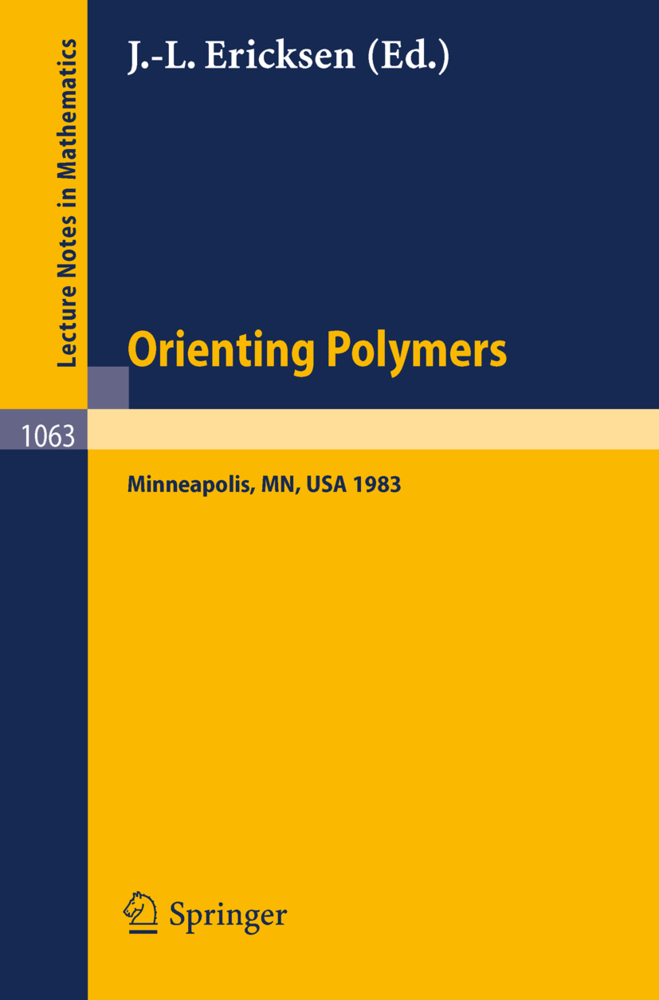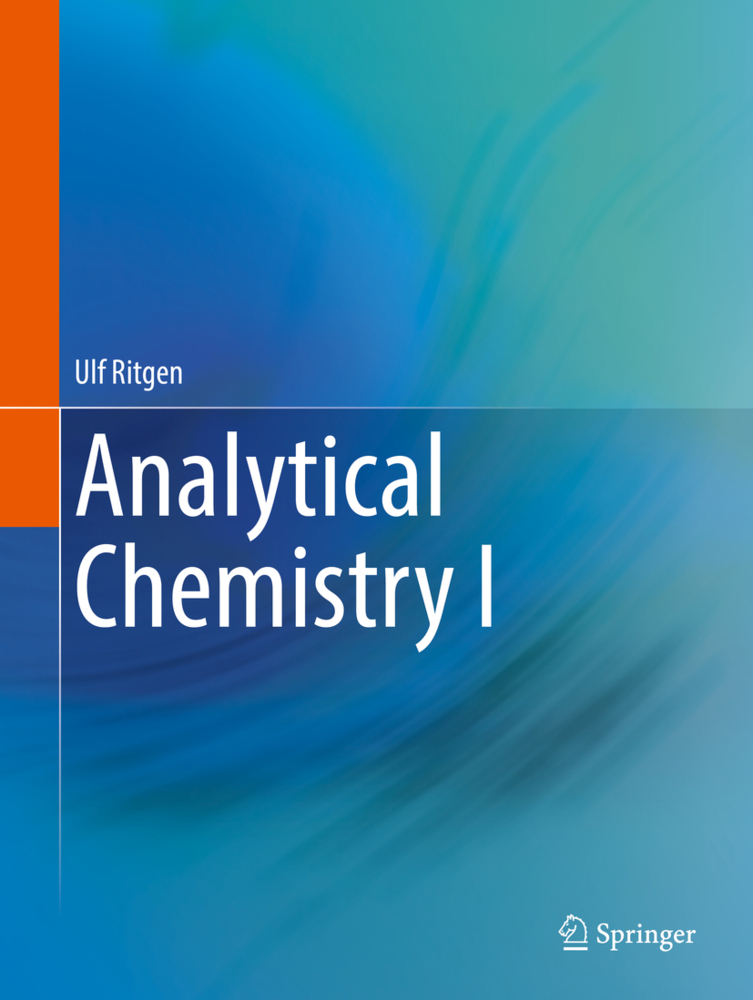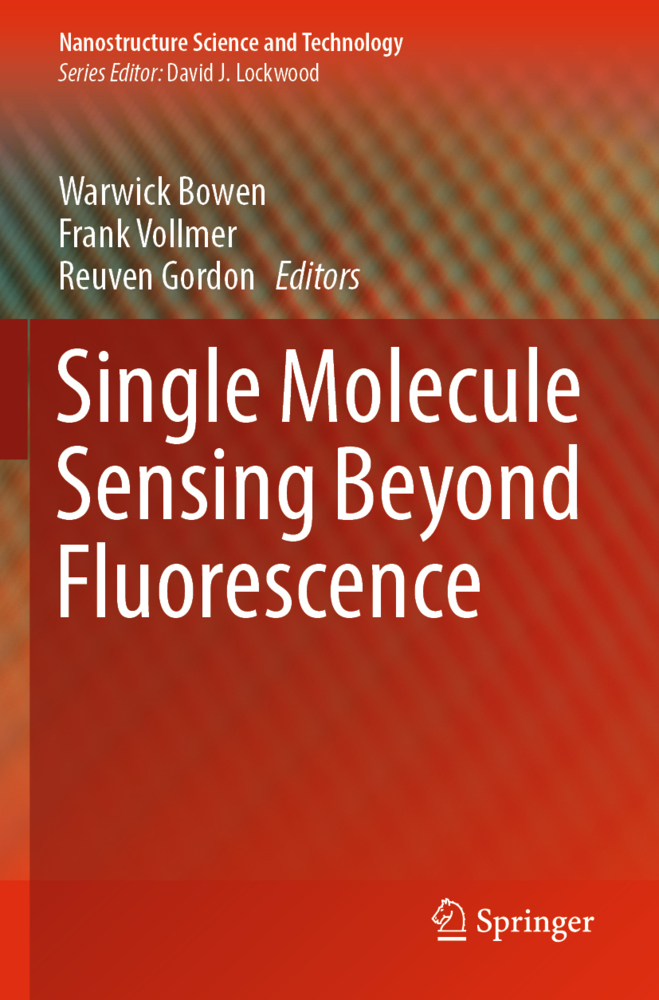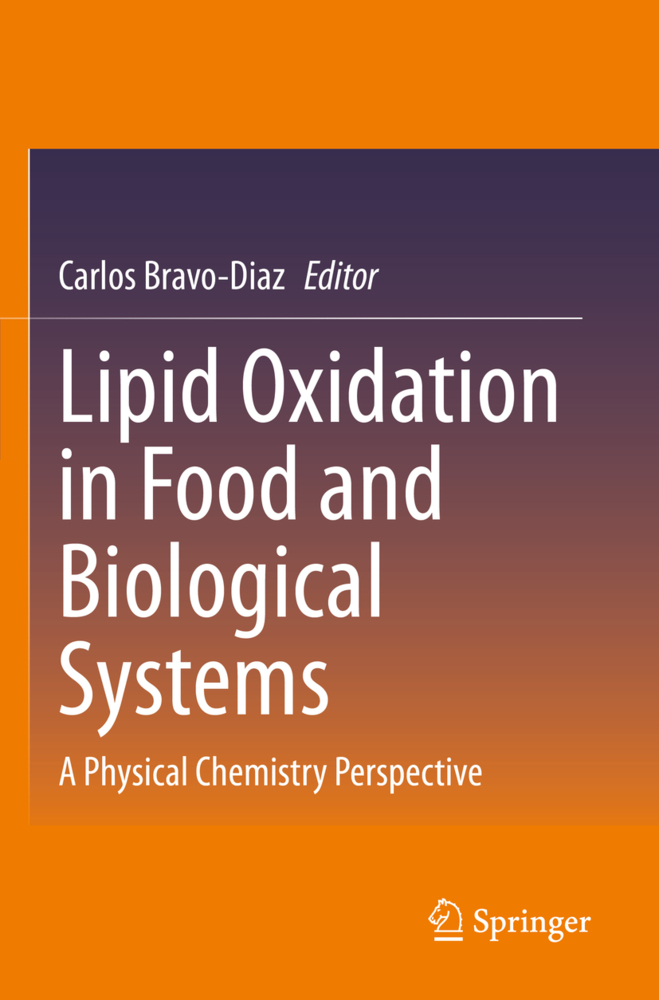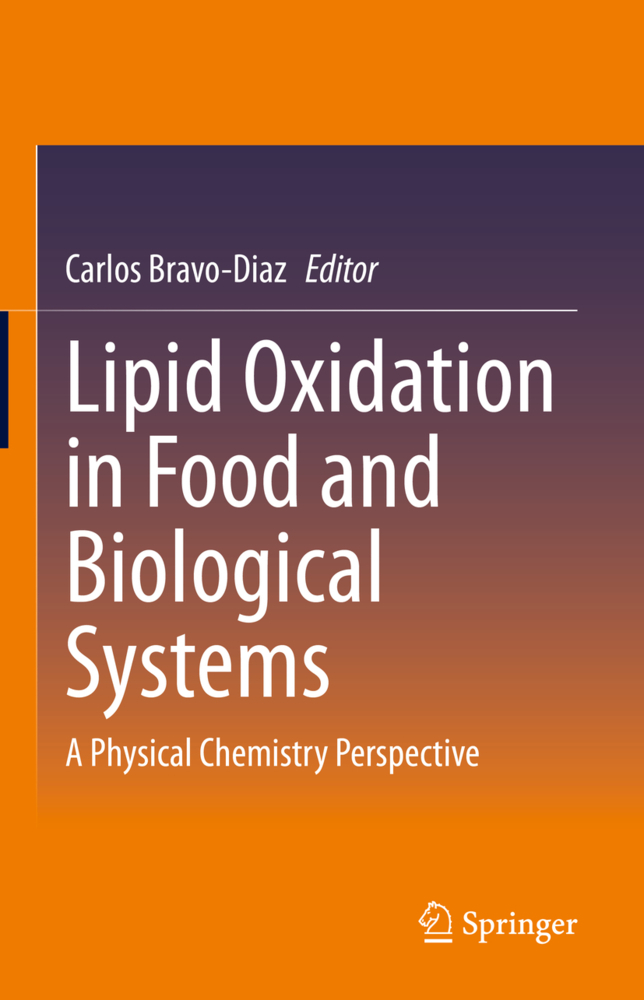Selective Spectroscopy of Single Molecules
Selective Spectroscopy of Single Molecules
The main topic in this book is the low temperature selective spectroscopy of impurity centers. It deals not only with the well developed methods of selective spectroscopy of molecular ensembles such as spectral hole-burning, fluorescence line-narrowing and femtosecond photon echoes, but also new methods of nanospectroscopy such as single-molecule spectroscopy. Both the ory and experimental data are discussed. Theory united with experimental data enables one to organize the experimental facts. This organization is of great importance, especially for young researchers and students, because it can provide better insight into the nature of the rather complicated dynamics of guest molecules in polymers and glasses, where our understanding is still somewhat lacking. The book mainly addresses young researchers and graduate students studying modern methods of spectroscopy of solid solutions. For this rea son, all formulas commonly used in practice are derived in this book. The reader will also find new approaches and formulas which have been used by the author, but are not well known to the majority researchers. When the derivation of a formula seems rather complicated, it is included in appendix. The reader is then free to look the derivation up if he or she is interested. Oth erwise, the book can be read without reference to these sections. The book includes many examples where theory helps us to interpret experimental data of various types, for instance, the data on line- and hole-broadening.
2. Two-Photon Start-Stop Correlator
3. Full Two-Photon Correlator
II. Phonons and Tunneling Excitations
4. Adiabatic Interaction
5. Natural Vibrations of Solids
6. Tunneling Systems in Solids
III. Spectroscopy of a Single Impurity Center
7. Density Matrix for an Impurity Center
8. One- and Two-Photon Counting Methods in the Spectroscopy of a Single Impurity Center
IV. Optical Band Shape Theory for Impurity Centers
9. Stochastic Theories of Line Broadening
10. Dynamical Theory of Electron-Phonon Bands
11. Vibronic Spectra of Complex Molecules
12. Dynamical Theory of Line Broadening
V. Methods of Selective Spectroscopy
13. Fluorescence Line Narrowing
14. Spectral Hole Burning in Inhomogeneous Optical Bands
VI. Transient Coherent Phenomena in Solids
15. Coherent Radiation of Molecular Ensembles
16. Photon Echo
17. Nonexponential Photon Echo
VII. Low Temperature Spectral Diffusion in Polymers and Glasses
18. Theory of Electron-Tunnelon Optical Band
19. Chromophore Interacting with Phonons and TLSs Which Are not in Thermal Equilibrium
20. Dynamical Theory of Spectral Diffusion
21. Theory of Tunneling Transitions in TLSs
22. Investigating TLS Relaxation by Single-Molecule Spectroscopy
Appendices
B. Probability of Spontaneous Photon Emission
C. Unitarity of Amplitudes
D. Derivation of (3.8)
E. Derivation of (3.24)
F. Proof of the Approximation (7.16)
G. The Wick-Bloch-Dominicis Theorem for Bosons
H. Influence of FC and HT Interactions on the Optical Band Shape Function
I. Cumulant Expansion
J. Relation Between Phonon Green Functions
L. Derivation of (17.65)
M. TheWick-Bloch-Dominicis Theorem for Fermions
N. Derivation of (18.37) and (18.38)
O. Derivation of (18.53)
P. Derivation of (18.60)
Q. Stochastic Approach to Spectral Diffusion.
I. Single Atom in Transverse Electromagnetic Field
1. Quantum Principles of Two-Level Atomic Spectroscopy2. Two-Photon Start-Stop Correlator
3. Full Two-Photon Correlator
II. Phonons and Tunneling Excitations
4. Adiabatic Interaction
5. Natural Vibrations of Solids
6. Tunneling Systems in Solids
III. Spectroscopy of a Single Impurity Center
7. Density Matrix for an Impurity Center
8. One- and Two-Photon Counting Methods in the Spectroscopy of a Single Impurity Center
IV. Optical Band Shape Theory for Impurity Centers
9. Stochastic Theories of Line Broadening
10. Dynamical Theory of Electron-Phonon Bands
11. Vibronic Spectra of Complex Molecules
12. Dynamical Theory of Line Broadening
V. Methods of Selective Spectroscopy
13. Fluorescence Line Narrowing
14. Spectral Hole Burning in Inhomogeneous Optical Bands
VI. Transient Coherent Phenomena in Solids
15. Coherent Radiation of Molecular Ensembles
16. Photon Echo
17. Nonexponential Photon Echo
VII. Low Temperature Spectral Diffusion in Polymers and Glasses
18. Theory of Electron-Tunnelon Optical Band
19. Chromophore Interacting with Phonons and TLSs Which Are not in Thermal Equilibrium
20. Dynamical Theory of Spectral Diffusion
21. Theory of Tunneling Transitions in TLSs
22. Investigating TLS Relaxation by Single-Molecule Spectroscopy
Appendices
B. Probability of Spontaneous Photon Emission
C. Unitarity of Amplitudes
D. Derivation of (3.8)
E. Derivation of (3.24)
F. Proof of the Approximation (7.16)
G. The Wick-Bloch-Dominicis Theorem for Bosons
H. Influence of FC and HT Interactions on the Optical Band Shape Function
I. Cumulant Expansion
J. Relation Between Phonon Green Functions
L. Derivation of (17.65)
M. TheWick-Bloch-Dominicis Theorem for Fermions
N. Derivation of (18.37) and (18.38)
O. Derivation of (18.53)
P. Derivation of (18.60)
Q. Stochastic Approach to Spectral Diffusion.
Osad'ko, Igor
| ISBN | 978-3-642-07903-0 |
|---|---|
| Artikelnummer | 9783642079030 |
| Medientyp | Buch |
| Copyrightjahr | 2010 |
| Verlag | Springer, Berlin |
| Umfang | XII, 382 Seiten |
| Abbildungen | XII, 382 p. |
| Sprache | Englisch |

